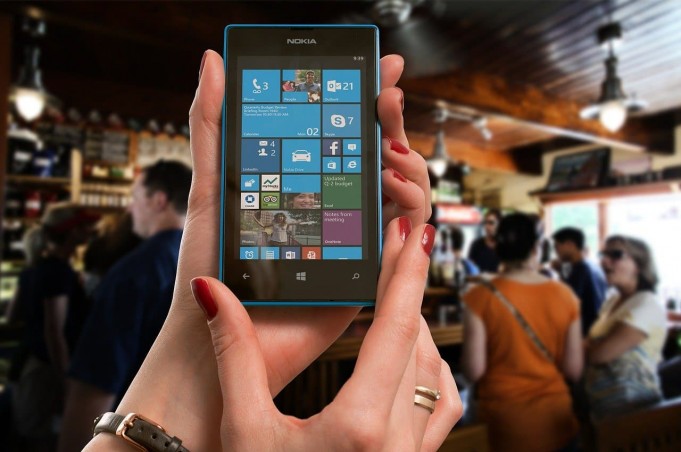The Rise and Fall of Nokia
Nokia is a Finnish-born mobile manufacturing corporation. It was at the top of its game for a long time. Their phones were cheap, made for people of all ages, and were user friendly. Despite everything going in favor for them, seeing the company fail so miserably came as a big shocker. Let us look at the rise and fall of Nokia, a business that began not as an electronics and telecommunications firm, but as a paper mill.
Nokia’s Beginning
Nokia’s history can be checked back to 1865. In 1865 Nokia was in the paper-making industry. The paper mill had great success, and the company entered the electronics industry in 1960. Nokia expanded slowly and exponentially, from designing a special radio phone for the Army to producing a new range of electronics. The business continued to adapt to change over the next few years, and by the dawn of the 20th century, Nokia began moving away from the pulp industry and produced the first-ever cell phone. Nokia’s cell phone foray started when Jorma Nieminen, fondly regarded as the Father of Finnish Mobile Industry, decided to change the company’s direction.
Jorma created the need to hold phones outside the home, as this was something that was not thought possible until the concept was put forward. The first phone was manufactured at a modest cost of 100 pounds. Over the years, the business continued to evolve to a point where customers were gradually convinced that every few years, they wanted a new version.
Nokia’s Rise in the Telephone World
By 1979, Nokia entered a partnership with Salora to create a radio telecommunications company called Mobira Oy. Together with Salora, Nokia introduced the Nordic Mobile Telephone Network, the first-ever foreign cellular infrastructure. Establishing a connection between Sweden, Denmark, Norway, and Finland, this network allowed international conversations and improved interpersonal contact. Nokia’s first-ever handheld phone, called Mobira Cityman 900, resurrected in the early 1990s.
Nokia’s Strategy
Given the huge success of Nokia’s first handheld phone, the company saw a lull in profits. By the 1990s, the Nokia team realized that it was time to alter their plan’s path by making phones kept up with the times. The first Nokia GSM phone, called Nokia 1011, was launched in 1992, and the company realized immediately that they had made it to the big leagues. Making the most of the success in wireless technology at the time, Nokia attracted people from all over the world by offering them a wonderful experience.
The Gradual Fall from Fame
Nokia’s profits began skyrocketing in the first few years, and the company proceeded to extend its services to a completely new location. Though Nokia’s rise to fame was the 90’s, 2007 saw a sharp decline in Nokia’s earnings. The company had reported its first quarterly losses in 2009. With other firms like Apple and HTC upping their game in the face of competition, Nokia was not sticking to the patterns that many people were following at the time. This led to the decline of the business of Nokia.









